Italy travel tips are more essential than you might realize. You see, Italy is a country of juxtapositions. The country can simultaneously make us want to swoon and pull our hair out as we admire its beauty and get frustrated by its quirks.
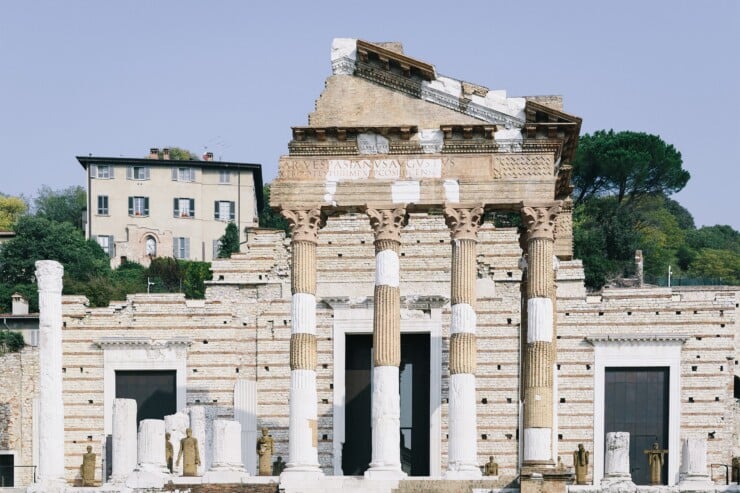
While traveling to Italy for our group trips, we’ve long learned to embrace it for all it is, good and bad. And we’ve learned a few key things along the way. As travel planners specializing in Italy travel planning, we’ve spent years getting to know the country.
More Than 20 Essential Italy Travel Tips
We’ve already shared ways to avoid standing out like a tourist when traveling to Italy, as well as our best tips for eating in Italy. However, to ensure you’re fully covered, here are more than 20 essential Italy travel tips to know. From understanding the regional differences and eating habits to their idiosyncrasies, read these Italy travel tips to make your next trip all the better:
The Country Is Younger Than You May Think
The first of our Italy travel tips is understanding the country’s history. Italy had some commitment issues as it remained a collection of independent states until the late 19th century. It wasn’t until 1861 (a relatively recent date, compared to most people’s perceptions) that the peninsula began to unify as the Kingdom of Italy. And the country didn’t become a republic until after World War II!
The North And South Are Rather Different
Another of our top Italy travel tips? If you travel to Italy, you’ll notice that Northern and Southern Italy are distinct regions. They are so different in many ways (culturally, linguistically, historically, geographically, and culinarily) that some say they might as well be two other countries.
Northern Italy has vibes that are more “continental” or classically European in everything from the architecture to the way of doing business, not to mention that the weather is colder, and the land is more rugged. It is the country’s industrial center.
Meanwhile, Southern Italy (roughly encompassing Rome, Campania, and Puglia) is warmer, has more beaches, is more traditionally agriculturally based, and is less densely populated.

So Much So There Is A Divide In The Food
That divide in the country can even be seen in the food traditions. Yes, every region of Italy has food traditions that it’s known for, but one of our essential Italy travel tips is that there is a distinct difference between the food in the north and south of Italy.
In line with its colder climate and the neighboring countries of France and Switzerland, Northern Italy uses more dairy products and heavier meats in its cuisine. Additionally, they don’t just eat pasta, but also prepare grain dishes like risotto and polenta.
Meanwhile, Southern Italy is renowned for its fresh and seasonal cuisine, which features olive oil, tomatoes, and a variety of seafood. FYI, if you plan to travel to Italy soon, you’ll want to check out our tips for eating gluten-free in Italy.
Italians Don’t Eat A Ton Of Food
Our Italy travel clients often ask how Italians eat that delicious food without gaining weight. The answer is it’s all about portion control. And with that, here are some Italian travel tips related to meals.
You’ll notice breakfast is very light (often a coffee and a pastry), lunch maybe just pasta or a salad (and even then, the pasta portions aren’t the size of those found in the States), and dinner tends to be a few courses. Head here for more about dining etiquette and Italy eating etiquette tips!
Lines Are More Of A Concept Than A Rule
One thing I had difficulty getting used to when I moved to Italy? They queue up in lines, which is to say, not at all. So, instead of getting frustrated, we embrace this as one of our essential Italy travel tips.
Rather than file into (and remain in) an orderly line like English or Americans would, Italians usually stand around in a crowd near the counter or place where they’re waiting for service. Though it may seem like no rhyme or reason, rest assured that those around you are keeping tabs on their place in line, so be sure to do the same!
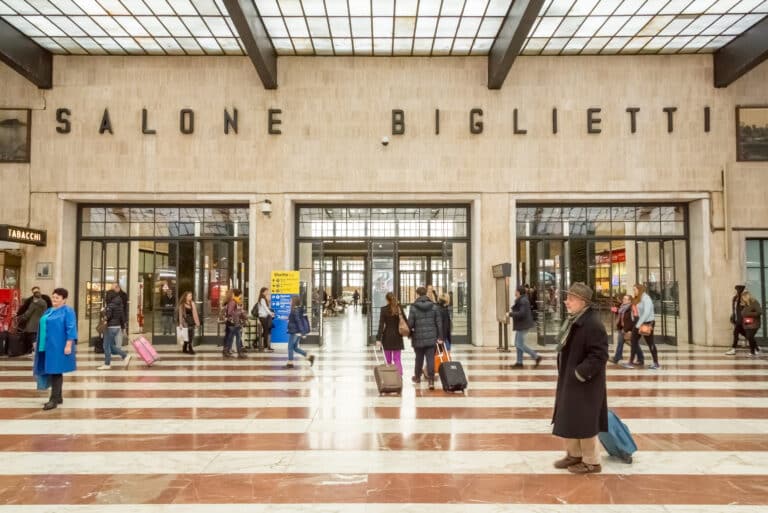
Trains Are The Easiest Way To Travel Around Italy
Italians are given a hard time because things don’t run on time there (and, honestly, many things do run late), but Italian trains are not one of them. Yes, some of the multi-stop local and regional trains often run behind schedule, but the high-speed trains are very punctual.
So one of our Italy travel tips is to ride the trains! With more than 200 trains daily connecting the country’s major cities, we use the trains whenever we’re traveling between the big cities. Not to mention, it’s one of the significant ways to commit to traveling more sustainably in Italy.
Pro Italy Travel Tip: You sometimes need to validate your train ticket before boarding the train (especially with regional and local trains), so be sure to ask when you purchase your ticket, or you may incur a fine.
But You Can Drive In Italy Too
Although we adore train travel in Italy, we also drive there frequently. That’s because it’s often more efficient when visiting smaller towns or taking multiple-day trips.
Before you drive in Italy, there are a few key travel tips to consider. First, you must have a legally valid International Driver’s License to drive in Italy (and in many parts of the European Union). Many European-based rental car agencies (like Europcar or Sixt) often won’t rent you a car unless you can show proof of the IDL.
Second, remember that most of Italy’s cars are manual transmissions and tend to be small (like the size of a Honda Civic or smaller), so triple-check the kind of car you’re renting before you hit the “confirm” button.
Another thing to remember is that the main highways in Italy are in great shape, but the drivers drive faster and more aggressively than in the United States. Finally, moving between big Italian cities and smaller towns is more manageable. Still, we don’t recommend driving in the major cities (especially Milan, Rome, and Naples), where you’ll likely waste your day getting lost or stuck in traffic.
Just Know Where You Can (And Cannot) Drive And Park
Yup, we have a few more Italy travel tips about driving. Many city centers are pedestrian-only zones (known as ZTLs or zona traffico limitato). In other words, you cannot drive there unless you are a resident renting an apartment or going to a hotel in that area. Also, note that GPS is not 100% reliable, as it may direct you down streets that are too narrow for your car.
Finally, be aware of where you can and cannot park. Here is a rundown of the most common types of parking spots in Italy: white-lined parking spaces are free, blue-lined spots are paid (with a nearby kiosk), yellow-lined spots are reserved for people with disabilities, and pink spots are reserved for expectant mothers.
Don’t Expect Cars To Stop When You Use The Crosswalk
Our final note about driving: Italians often fail to yield to pedestrians. So, if there’s ever one of our Italy travel tips to abide by, it’s this! Take time to stop looking at your phone and pay attention when you cross the street (yes, even if you’re in the crosswalk!), It’s in Italy.
Don’t Travel To Italian Cities In August
Speaking of travel, our number one tip of all our Italy travel tips for summer travelers is to avoid Italian cities in August. The country’s major summer holiday known as Ferragosto (basically like Italy’s 4th of July) happens on August 15th and a huge amount of the country takes off for a few weeks before and after that date.
Everyone from boutique owners to restaurants will close shop during this time, so you will end up in a relative ghost town if you travel to many big cities.
Dressing Well Will Get You Far
As the birthplace of so many fashion houses, Sophia Loren, and chic towns like Positano, Forte Dei Marmi, and Taormina, it’s no surprise that looks matter in Italy. Many people chalk that up to mean that Italians only care about model-perfect looks, but it’s more about dressing and presenting yourself well.
That means it’s much more about putting in the effort to look presentable – polished shoes, tailored clothing, etc. – whenever you go out in public, and that Lululemons and flip-flops are not a look that goes over well in Italy.
Try To Fare La Bella Figura
Many people think the term fare la Bella figura is about looking beautiful, but it’s about putting your best foot forward. From your manners and how you conduct yourself in public to how you dress, it’s considered a sort of art to make a good impression when you’re in Italy. Along those lines, if you fare la brutta figura, you have failed and have made a bad impression.
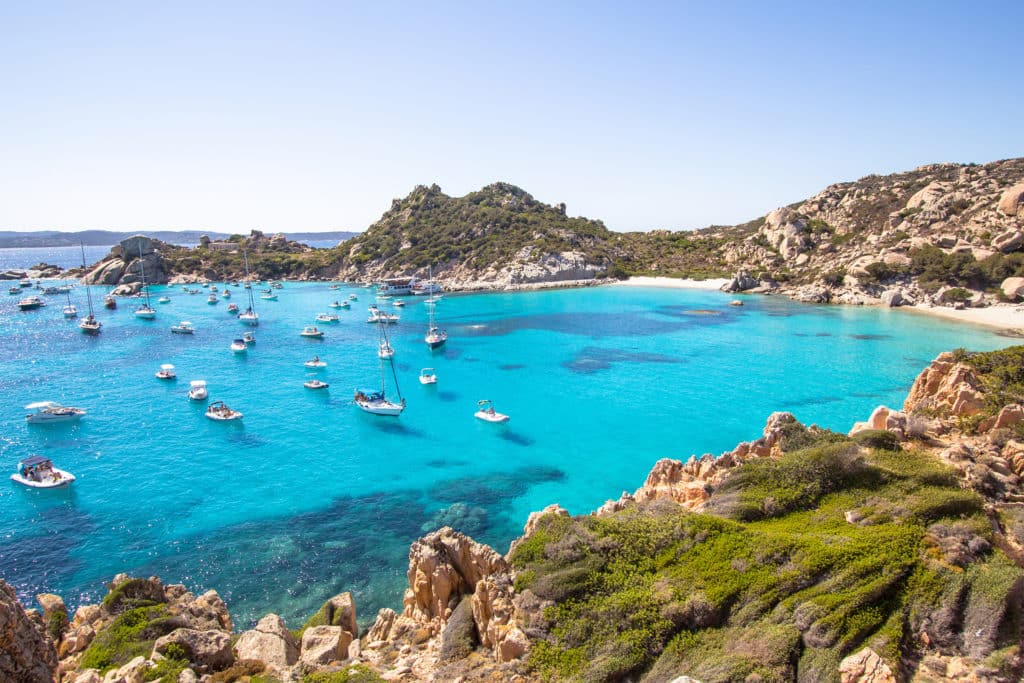
Work-Life Balance Is A Priority
Yes, Italy has a long history of business owners, dating back to the guilds of the Renaissance, but that doesn’t mean they’re all about their jobs. Americans who move to Italy often lament that it’s harder to do business in Italy due to the extensive bureaucracy, the lack of punctuality among people, and the slower pace of things compared to the United States.
The significant advantage, though, is that there’s generally less keeping up with the Joneses going on and a big priority placed on family time and downtime, whether it’s an aperitivo with a friend, a passeggiata in the evening, or a weekend road trip to escape the city. Of our Italy travel tips, this is one you’ll want to embrace fully, even if you’re only there for a short while.
Italian Politics Are More Dynamic Than The United States
Start discussing with an Italian; sooner or later, it will turn to politics. Italians take a great deal of interest in their politics — so much so that it might as well be a national obsession. It should be noted that Italian politics are more volatile than those of the United States. Rather than get into everything you need to know about Italian politics, suffice it to say that we tend to listen more than talk when the subject of Italian politics arises.
If you want to learn more about politics in Italy, we highly recommend reading the book “The Italians” by John Hooper and/or “La Bella Figura: A Field Guide To The Italian Mind” by Beppe Severgnini.
Strikes Are A Regular Occurrence
Of our Italy travel tips, this is one you want to read. The bad news is that strikes and demonstrations are pretty common in Italy. The good news is that they’re usually announced in advance and don’t tend to last longer than a few days. Transportation strikes are the most common interruptions that affect travelers to Italy, so be on the lookout for them by checking the news or asking your concierge for updates before your trip.
Additionally, Italians are very politically vocal, so you may encounter a demonstration or two. They are almost always non-violent, but may cause general chaos, as large crowds tend to do.
Greet Those Around You
Italians, for the most part, are more social than Americans, and as such, they tend to greet strangers regularly. So, be sure to heed this one of our Italy travel tips and do the same!
Be it when you’re walking down the street, entering an elevator, or a store, get in the habit of saying “Buongiorno (or Buonasera if it’s the evening).” Also, we almost always say “Grazie” after leaving a business, even if it’s a boutique where we didn’t make a purchase.
Trying To Speak Italian Goes A Long Way
Yes, many younger Italians speak English, particularly in larger cities. However, the majority of Italians do not speak English, and this is especially true in smaller towns. So pull out your Google Translate app and learn a few key phrases of Italian, and you’ll get by a lot better. Even if they don’t understand you, people will be more likely to help you because you put in the effort — promise!
Pro Tip: Prepare for your next trip to Italy by reviewing these 105 basic Italian expressions for travel!
But There Are More Than 28 Languages In Italy
Italian, as we know it today, originated in Tuscany. After the country’s unification, it was decided that Italian would be based on the Florentine dialect, as writers such as Dante Alighieri, Petrarch, Boccaccio, and Machiavelli had used it in their works.
Before the 1861 unification of Italy, each independent state on the modern-day Italian peninsula had its regional language, some of which were dialects of Italian, while others, such as those from Naples, Venice, and Sicily, were technically their own languages. All told, there are nearly 30 languages spoken across the Italian peninsula, some of which are considered endangered since they are not actively used as they once were.
Have Change (And Tissue) On Hand For Bathrooms
The good news about Italy? There are a good number of public bathrooms. The bad news? They’re not always in the best condition, and you often need a few euros to enter. Always carry some change and a few tissues with you, so you’re covered no matter the situation.
Bring Walkable Shoes
Italians walk a lot, and we encourage our guests to do the same when they travel to Italy, as it’s a great way to get to know a city better. However, the streets in Italy can vary from freshly-paved piazzas to centuries-old cobblestones.
Our advice is to bring walkable flats for the majority of your trip (be it a stylish sneaker or a walkable flat) and, if ladies do want to wear heels, stay away from stilettos, which risk getting trashed by stone walkways or the like.
The Smaller The Suitcase The Better
Our final piece of advice for our list of essential Italy travel tips? Unless you’re staying put in one city for a week or more at a time, you’ll likely be bouncing around Italy from city to city via trains, planes, or cars. Make it easier on yourself by bringing the smallest suitcase you can manage and packing it like a pro.
As we mentioned, rental cars tend to be smaller (and therefore lack large trunks), and the trains become busy during the high season, so you may have to stow your suitcase at your feet, which is nearly impossible if you have a large piece of luggage.
Get A Personalized Travel Itinerary

Classic Italian Recipes
Not heading to Italy quite yet? Cook up these recipes to get a taste of the country in the comfort of your home:
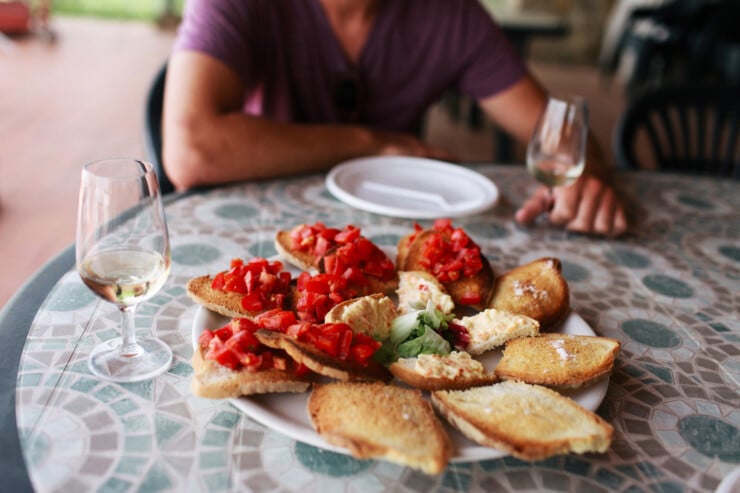
Table Manners In Italy
As food lovers, you’ll likely also want some tips about eating in Italy. Check out our top tips for table manners in Italy from when to pay and when you have to stand to have your coffee to tips on tipping.
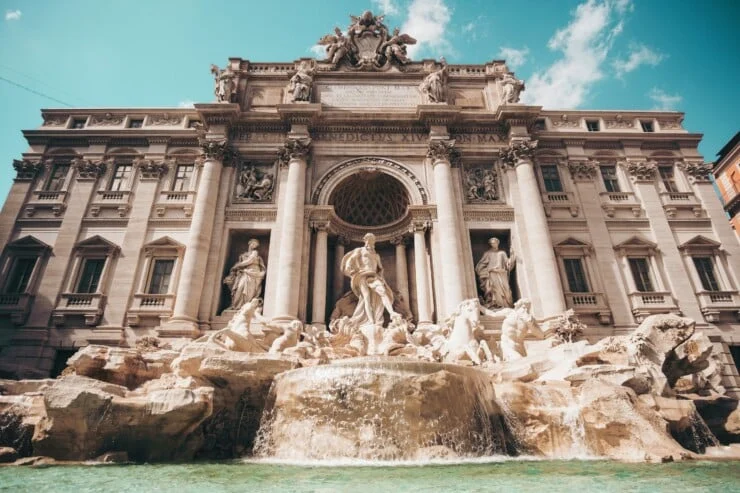
Italy Travel Guide
Are you considering traveling to Italy in real life? Check out our free Italy Travel Guide for our best travel tips, recipes, and articles on Italy.
Let Us Plan Your Trip
Traveling to Italy and wondering which tours and activities to do? Need help with reservations? Or with crafting a custom itinerary? Sounds like you’re in need of our Travel Planning Services!
After discussing your preferences during a short consultation call, we’ll plan your perfect itinerary. Whether you’re looking for custom travel planning or a small group trip, the Salt & Wind team is here to help. Contact us to learn more!
Photo Credit: All photos by Christine Davis